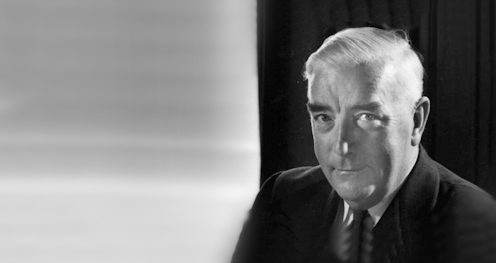
What’s the boldest thing the Morrison government could do in next month’s budget?
It would be to forecast an unemployment rate below 4% (a rate of three-point-something), then to pledge to go further, to two-point-something.
Neither have happened for half a century; not since the long Coalition reign of Robert Menzies and his successors from the 1950s to the early 1970s, when unemployment was between 2 and 3%.
Astoundingly, both are now within Treasurer Josh Frydenberg’s reach in a way they weren’t mere weeks ago.
This time last year, the official budget strategy (its formal title is fiscal strategy) pledged to maintain economic support until the unemployment rate was “comfortably below 6%”.
Frydenberg ditched that target on the ground it was unambitious in the May budget, replacing it with a commitment to spend until the recovery was “secure and the unemployment rate is back to pre-crisis levels or lower”.
But – even projecting forward all the way out to 2025 – Frydenberg couldn’t promise an unemployment rate below 4%. There wasn’t the demand for workers to support it.
Suddenly, below 4% is possible
Even as late as December last year in the mid-year budget update, the best the treasury could forecast was an unemployment rate of 4.25%, which wouldn’t be reached until mid-2023 and wouldn’t be bettered in forecasts stretching out to mid-2025.
Then in January, we learnt that in December itself the unemployment rate had dipped below the forecast to 4.2% a year and a half early.
And it was the real thing. The unemployment rate hadn’t been cut artificially by people withdrawing from the search for work because of lockdowns (as had happened temporarily earlier in the year). Unemployment fell by 62,200 in December because an extra 64,800 people found work.
Unemployment touching 4%

Seasonally adjusted unemployment rate.
ABS Labour Force
The proportion of the population aged 15 and over in work is the truest measure of employment, because it’s unaffected by whether or not someone calls themselves unemployed. In December last year, that had climbed to 63.3% – a record high.
Several countries, including Singapore, South Korea and New Zealand, do even better, suggesting we can push employment higher still.
And the jobs have come with hours. All but a few of the extra jobs created over the past year have been full-time. In December the total number of hours worked hit an all-time high. The proportion of workers underemployed (not getting the hours they want) sank to a record low.
The 50-year low is closer than it seems
The unemployment rate was better than it looked. Calculated to several decimal places rather than the usual single place, the December rate was 4.157% – within a hairsbreadth of the historic low of 3.981% achieved in February 2008 at the height of the mining boom; the only time in the modern era the rate slipped below 4%.
To get below 4% from here on, and to get below the previous long-term low, would only require an extra 25,000 people in jobs.
That’s what makes a budget forecast of an unemployment rate beginning with a “3” – the first since the 1970s – suddenly plausible. On Tuesday the Reserve Bank governor and the prime minister said they expected it this year.
Vacancies abound

Read more


















